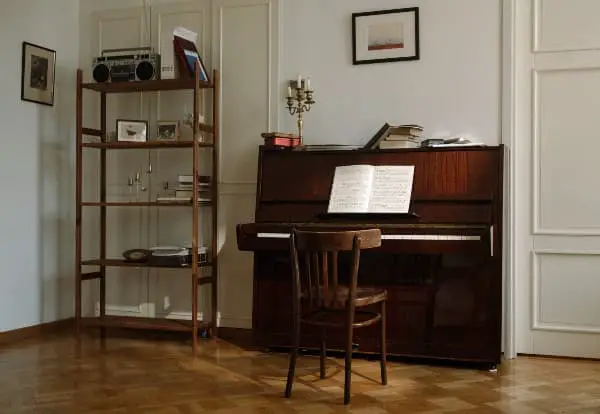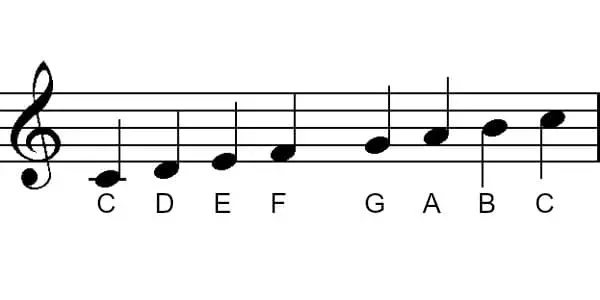- Home
- Basic Piano Theory
- Rhythm Syllables
Learn Rhythm with Rhythm Syllables: Easy, Fun and Quick
This article may contain compensated links. Please read the disclosure for more info.
Chanting and clapping or tapping rhythm syllables is an easy and fun way to quickly learn even complicated rhythm patterns.
In this lesson, you will learn what syllables you can use, and how to combine them for different rhythm patterns.
Let's Learn Rhythm using Rhythm Syllables
There are MANY different ways (and schools of) of sounding or chanting rhythms- this method is just one of many. If you choose to use “Ti”, “Ta” or whatever, doesn't really matter.
Sounding the rhythms before clapping, tapping or playing, makes it easier to perform even relatively complicated rhythm patterns.
This method is even easier than counting rhythm since you will focus on the sound of the rhythm rather than numbers. By learning to read notes in groups or patterns, you will also speed up your note-reading skills.
Tip: A useful resource for learning rhythm, is Basics in Rhythm: An Instrumental Text for All Instruments and Voice.
Video Example:
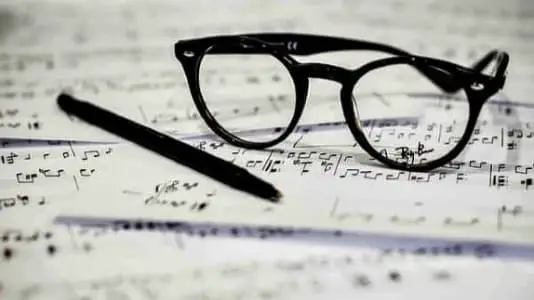 Have Fun With Rhythm Syllables!
Have Fun With Rhythm Syllables!Rhythm Syllables
When using rhythm syllables, first we divide the note values into two groups;
- longer note values that are equal to, or more than 1 beat, and
- shorter note values that are grouped together to form 1 or more beats.
Since this is a beginners lesson, we will only use simple time signatures, like 2/4, 3/4, and 4/4, where the quarter note is worth 1 beat.
Work in This Order
To learn this method of using rhythm syllables as quickly as possible, work in this order:
- First, learn how to chant the syllables for each note value or group.
- Practice different rhythms by chanting the syllables while clapping, stamping, or tapping a steady beat.
- Then clap, tap or play the rhythm (not the beat). Make sure to clap the same as the chanting. If you can, stamp the steady beat with your foot, or use a metronome. Otherwise, just feel the steady beat inside you.
- Finally, clap, tap or play the rhythm pattern while thinking the rhythm syllables.
Tip for an extra cool factor: Instead of stamping the beat, or using a metronome, try using conducting patterns as you speak the rhythms!
Longer Note Values with One or More Whole Beats
Simply start with the syllable Ta and then emphasize an a for each additional beat, like this;
Whole note (or any note value 4 beats long) = Ta-a-a-a

Dotted half note (or any note value 3 beats long)= Ta-a-a
Half note (or any note value 2 beats long)= Ta-a
Quarter note (or any note value 1 beat long)= Ta
- For rests you can say shh for each silent beat.
- When clapping the rhythm, don't clap or tap on rests.
- As you get more confident, leave out the shh and just stay quiet for the rests, while keeping the beat going of course.
Exercises
Practice with these examples. Remember to keep the beat steady as you chant the syllables!
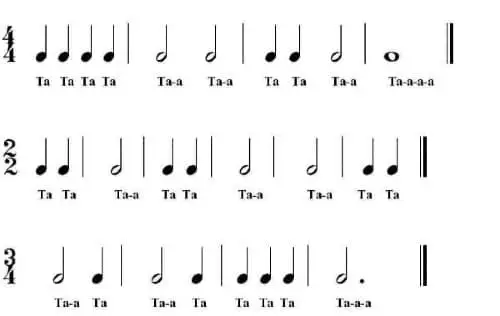
Shorter Note Values Combined in Groups of One Beat
(The bold letters indicate where the beat is. Emphasize this as you chant the syllables.)
Tip: Triplets have to be very evenly spaced on the beat; ti - ke - ti. Imagine saying Winnie-the (Pooh) without the Pooh.
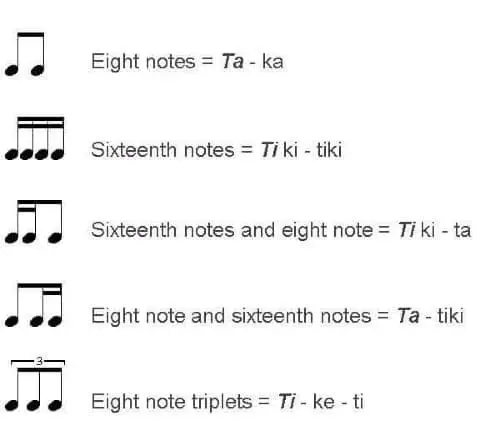
For rests shorter that a beat, simply replace the syllable with a "shh".
Exercises
Let's practice! Remember to keep tapping a steady beat with your hand or foot.

Tips:
- Remember to keep a steady beat.
- Chant the syllables (which you should have learned by heart by now!), then chant and clap the rhythm.
- Clap the rhythm and think the syllables,
- Finally tap or play the rhythm on your instrument.
